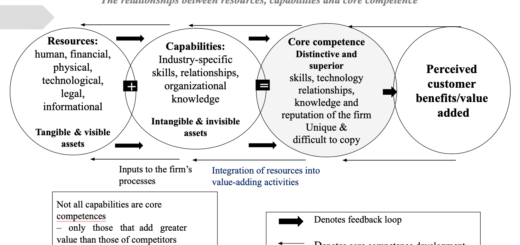Maslow’s Hierarchy of Needs
Maslow’s Hierarchy of Needs is a motivational theory that proposes that human needs are arranged in a hierarchical order, with lower-level needs needing to be satisfied before an individual can be motivated by higher-level needs. The five levels of needs in the hierarchy are:
- Physiological Needs: These are the most basic human needs, such as food, water, shelter, and warmth. Until these needs are met, an individual cannot be motivated by higher-level needs.
- Safety Needs: Once physiological needs are met, an individual’s focus shifts to safety needs, such as security, stability, and protection.
- Love and Belonging Need: Once safety needs are met, an individual’s focus shifts to the need for love, affection, and social belonging. This includes relationships with family, friends, and romantic partners.
- Esteem Needs: Once love and belonging needs are met, an individual’s focus shifts to the need for esteem, which includes both self-esteem and the esteem of others. This includes feelings of self-worth, confidence, and achievement.
- Self-Actualization Needs: The highest level of the hierarchy is the need for self-actualization, which refers to an individual’s desire to reach their full potential, achieve personal growth, and pursue their passions and interests.
According to Maslow’s theory, individuals must satisfy lower-level needs before they can be motivated by higher-level needs. Once a need is satisfied, it no longer serves as a motivator, and an individual’s focus shifts to the next level of needs.
Maslow’s Hierarchy of Needs remains a widely recognized and influential theory in the field of psychology and is often used to explain human behavior in a range of contexts, including education, healthcare, and business management. It provides a framework for understanding the complex interplay between basic needs and higher-level aspirations and can be used to design effective motivational strategies that promote personal and professional growth.
Applying Maslow’s model to the context of work
- Physiological – pay, pleasant work conditions, dining facilities
- Safety – health and safety, job security
- Social – cohesive work group, friendly supervision, professional associations
- Esteem – social recognition, job title, high-status job, feedback from job itself
- Self-actualization – challenging job, opportunities for creativity, achievement in work, advancement in the organisation


